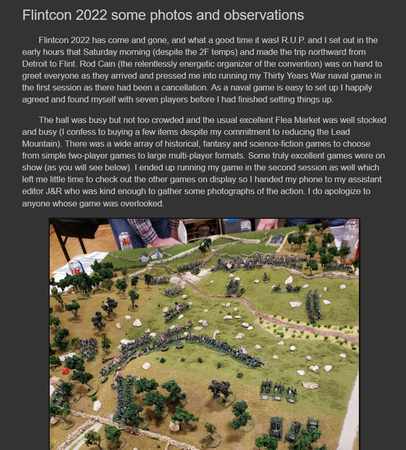The cloak was painted with Americana Plantation Pine.

For the pants, I painted a simple rectangular pattern with Apple Barrel Black. I like this brand of paint because it comes very thin already, and is very good for doing line work or borders.
The real secret to painting very thin lines is to paint a thick line, and then paint the "trim" color inside the lines. What I did here was to paint thick lines up and down the length of the pants. I then painted thick lines around the legs. Once this dried, I applied Americana Honey Brown inside the black lines. The same color was applied to the tunic.

Next. I began shading the tunic with Americana Traditional Burnt Umber. Instead of shading to fill in areas, I painted in the shades using vertical lines up and down to help covey a "thick" knit pattern to the fabric. It was time consuming to paint up all the little tiny vertical lines, but in the end I thought it was well worth the effort.
Additionally, the cloak was painted with a base of Americana Plantation Pine, and the flesh regions were painted with GW Dark Flesh. The pattern on the pants was shaded with a 50-50 mix of GW Scorched Brown and Snakebite Leather.
The head of the axe was painted with Boltgun Metal, washed with GW Armor Wash, and Boltgun used on it again for some highlights. I followed a similar approach to the one I used on the chainmail when painting the axehead, to get a deep shade on the head of the axe.

The cloak highlight was a mix of Americana Plantation Pine and Ceramcoat Pineapple. This was thinned down to about 60% water to 40% paint, so it was very thin and translucent. This did 2 things for me - it made the blending very easy to do, and gave me a lot of control over the amount of pigment I applied in any one area. I used about 6 or 7 coats of this mix on the larger raised areas of the cloak.
The tunic was highlighted with a mix of Americana Honey Brown and Ceramcoat Pineapple. Again, I used the base coat and a pale yellow color to mix a highlight color, because I find that it makes the highlight more natural for the base color. I used the same vertical line pattern on the highlights as I did with the shading, so the tunic has a "textured thick knit" feel to it. It takes a lot of time to achieve, but is well worth it in the end.
The pattern on the pants was highlighted with a thin Americana Primary Yellow. I went with a different highlight color, so the pants pattern and the tunic did not look exactly the same. A little variance in the highlight will be enough to make them look like different colors, although not terribly different so that one detracts from the other.

The cloak had a final highlight that was a mix of my original highlight color and Apple Barrel Dolphin Grey. This was thinned down as before, and then applied to the highest raised areas.
What I mean by raised areas is the surface areas that, under the sun (or my light), will get the highest amount of sunlight. As the amount of direct light diminishes on the figure, the colors become gradually more and more dark. It is a little tricky at first to get used to, but if you try to imagine where the light will fall, and highlight those areas, it helps.
(Another trick to learning how to do this is to prime the entire figure in black, and then put a can of a lighter-color primer - say, white or grey - where you imagine the sun will be shining from, and prime the figure from that region only, so the underside (or shaded areas) remain dark and the highlighted areas get a different color entirely.)







